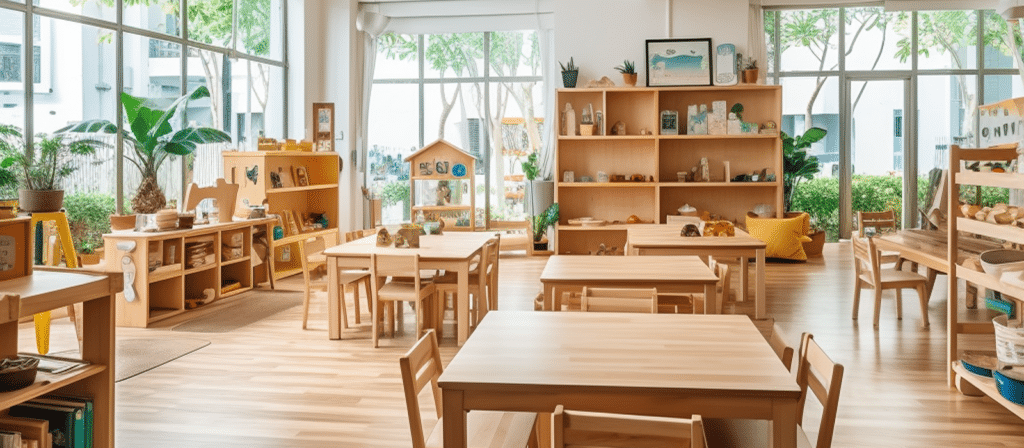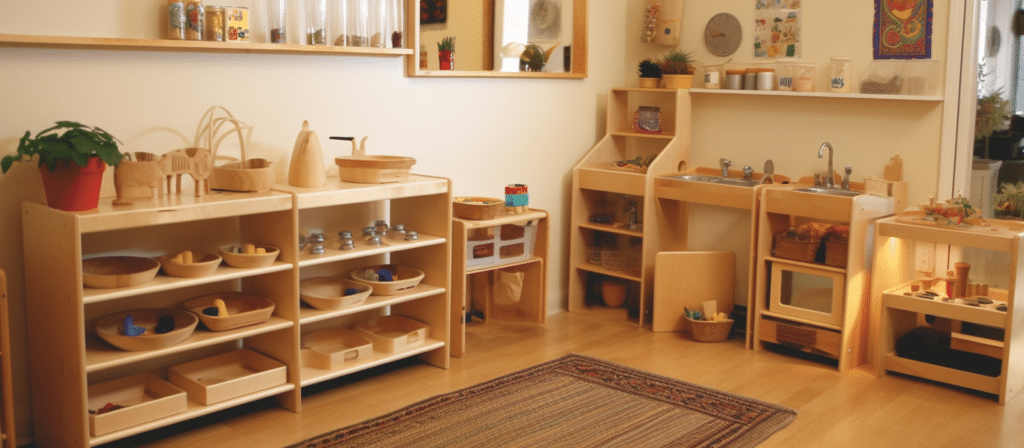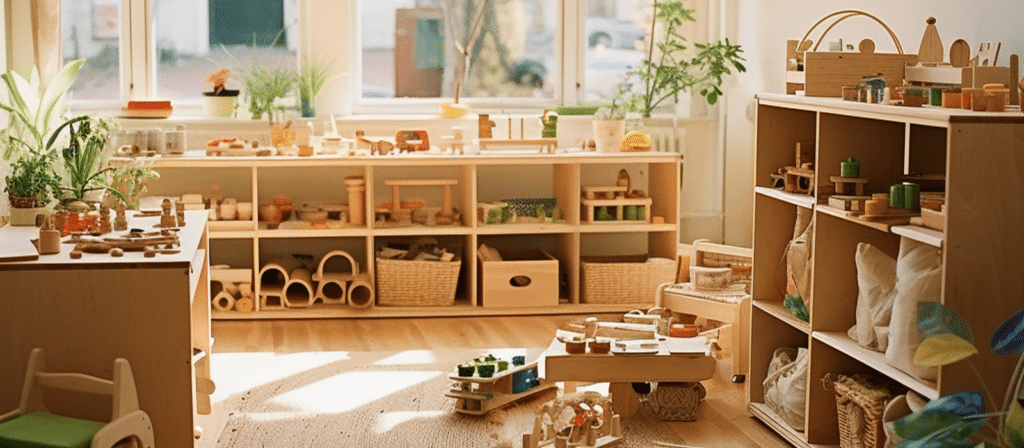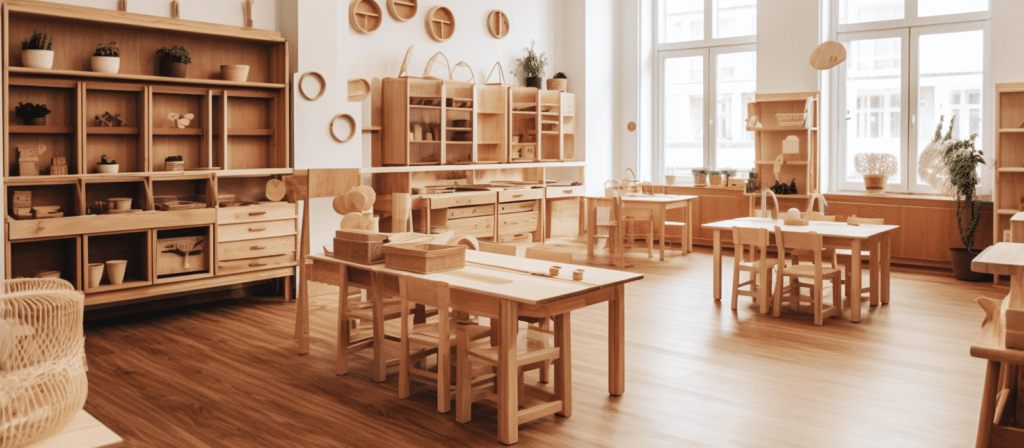Creating a child care environment that seamlessly nurtures children’s growth while facilitating staff and parent objectives is an intricate endeavor. The art of crafting a truly exceptional and developmentally appropriate child care facility demands specialized skills and an innovative approach. Every aspect, from architectural layout to interior finishes, outdoor spaces, and equipment selection, plays a pivotal role in shaping children’s learning and behavior, as well as enabling educators to excel in their roles.
1. Elevating Childhood Exploration
A well-designed child care facility must cater to age-specific needs, fostering child-driven and initiated play. The environment should be a canvas that encourages positive interactions between children, space, materials, and people. Simultaneously, it should empower caregivers and teachers with functional and user-friendly settings, enabling them to provide focused attention to each child’s unique journey of play and learning.
2. Pitfalls of Inadequate Design
Instances of subpar child care facility design often arise from well-intentioned ideas gone awry. The source of this issue frequently lies in the expertise of design contributors and the design process itself. The end product is inevitably constrained by the quality of both the process and the participants’ skillsets.
3. Balancing Expertise for Optimal Results
The initial challenge surfaces when architects and designers, while versed in design principles, lack an in-depth understanding of child development and the operational dynamics of child care centers. Architectural feats that might appear impressive on the outside might fail to meet the functionality and practicality required within a child care context. An excessive focus on exterior aesthetics often comes at the expense of essential interior elements.

4. Bridging the Gap between Vision and Execution
Another hurdle arises from the disparity between the insights of directors and teachers, who comprehend children’s needs intimately, and their ability to translate this understanding into architectural terms. Their experiential scope might be limited, preventing them from offering optimal design solutions. The divide between their language and that of architects complicates matters further, leading to oversights in creating a high-quality and child-friendly facility.
5. Overhauling the Design Process
The traditional linear design process is akin to a relay race, with each participant passing the baton to the next. However, this approach tends to stifle creative options and obscure a holistic vision. The sequential nature of the process inadvertently hampers collaboration, resulting in a disjointed final product that lacks a unified purpose.
6. A Unified Approach: Concurrent Design
Embracing a novel approach, we advocate for concurrent design—a methodology that involves all relevant experts, from designers to operators, right from the outset. This collaborative sandbox approach encourages multidisciplinary participation, driven by program goals, children’s needs, curriculum aspirations, and staff and parental requirements. It’s a process where everything is interconnected, and function precedes form.

7. Preceding Form with Function
In the concurrent design approach, functionality takes precedence over aesthetics. Considerations span beyond state regulations, encompassing program-specific needs. For instance, involving parents in the classroom may necessitate extra space, exceeding minimal requirements. Outdoor areas must cater to local conditions, while cultural factors also come into play. Adapting design to different cultural nuances underscores the importance of cultural competency in every stage.
8. The All-Encompassing Team
An ideal design team comprises specialists in diverse fields, including child care, early childhood education, architecture, landscape architecture, interior design, and more. This holistic composition ensures a comprehensive grasp of children’s needs, the learning environment, cultural diversity, and operational considerations.

9. The Design Process: Unveiled
Whether embarking on a renovation or a new project, understanding the design process is pivotal. Initial site visits involve engaging with stakeholders to define program requirements, children’s age groups, staff-to-child ratios, and regulatory standards. These initial insights shape the subsequent stages.
10. From Concept to Reality
Converting insights into reality involves conceptual design, evolving into schematic design with detailed layouts and plans. Finally, the process culminates in construction documents, encompassing specifications, furniture, and equipment selections. This phase demands precision, as every detail, from sink heights to lighting, contributes to the space’s functionality.
By embracing concurrent design and fostering collaboration among experts, stakeholders, and users, child care facility design can evolve from a fragmented process to an integrated masterpiece that truly supports children’s development and empowers educators. Remember, it’s not just about building spaces; it’s about sculpting environments that echo with the laughter and growth of our future generations.










